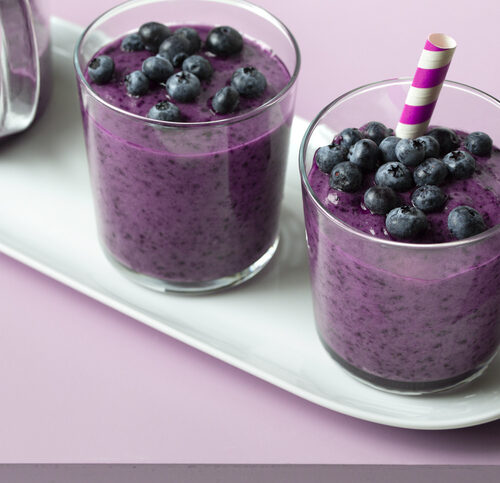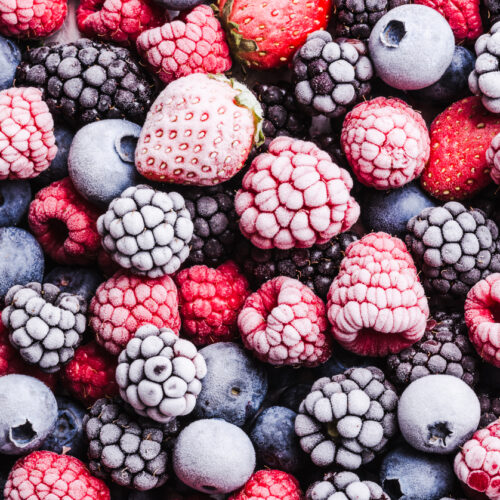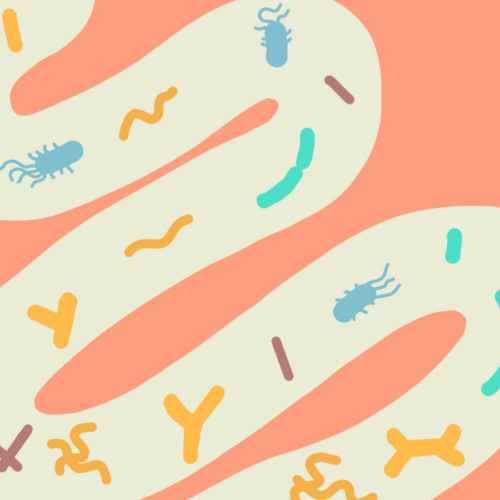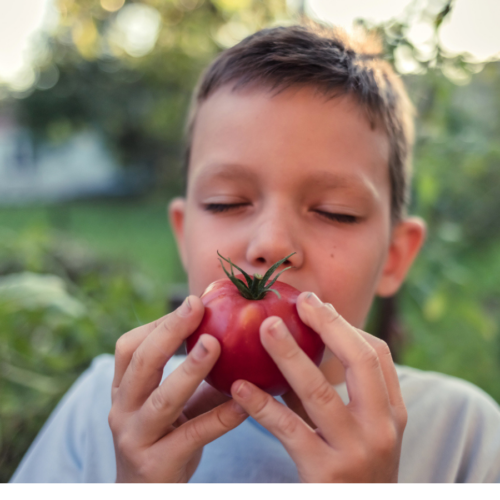
HFG senior nutritionist Rose Carr answers your questions about candida.
I’ve been told I have candida. What does that mean, and can it cause all the symptoms they say?
Candidiasis, often called ‘thrush’, a ‘yeast infection’, or simply ‘candida’, is an infection caused by the Candida species of fungus, most commonly Candida albicans. This fungus is present on the skin, in the mouth, intestinal tract and vagina and doesn’t normally cause problems.
However, under certain conditions it can multiply and infect the surface of the skin or mucous membranes of the mouth or vagina. Symptoms of vaginal thrush include irritation, itchiness and vaginal discharge; oral thrush causes creamy, white painful patches inside the mouth.
Some would have us believe intestinal candidiasis is related to fatigue, allergies, poor immunity and sugar cravings, among many other symptoms. However, there is no good science to back up these claims and other causes for such symptoms should be investigated.
Around 70 per cent of women can expect to have vaginal thrush at some time in their lives. Sometimes, we can get thrush after taking antibiotics as the bacteria normally competing with candida are killed so the fungus can grow unchecked. Pregnancy and some medical conditions, such as diabetes, can also increase the likelihood of candida growth. While not normally a serious condition, candida can be more serious in people with a weakened immune system.
I’ve read about the ‘candida diet’. Does this work? And would I need to stay on it long term?
The so-called candida diet is controversial and unproven as well as being difficult to follow. It excludes foods containing sugar (including natural sugars such as those found in fruits, milk and yoghurt), yeast (in breads and baked products), and gluten (in a wide range of foods). Some people do report they feel better when they follow this diet, but it is possible this is not because of the avoidance of these foods.
We wouldn’t recommend following this diet, and certainly not for a long time: a gluten-free diet by itself can be very limiting. Fruits have a wide range of health benefits and there are no alternative sources of their unique phytonutrients. While the diet won’t do any harm in the short-term, if you were to follow it for more than a few weeks you would need to find alternative sources of fibre, calcium and B vitamins in particular.
Can probiotics help get my candida under control?
A: There are only a few studies available but it seems some strains of probiotic bacteria, such as Lactobacillus rhamnosus GR-1 and Lactobacillus reuteri RC-14 may be effective in slowing the growth of candida. The probiotic yoghurts and drinks found on the supermarket shelf are different strains, although they may help recolonise other good bacteria in the gut after taking antibiotics.
Bottom line
If you think you have candida/thrush, a visit to your GP is advisable. A swab and lab test will identify the fungus if it’s present and this should be easily treated.
Note: This is general advice not intended to replace personalised medical consultation. If you are experiencing symptoms of candida, we advise seeing your doctor.
www.healthyfood.com










